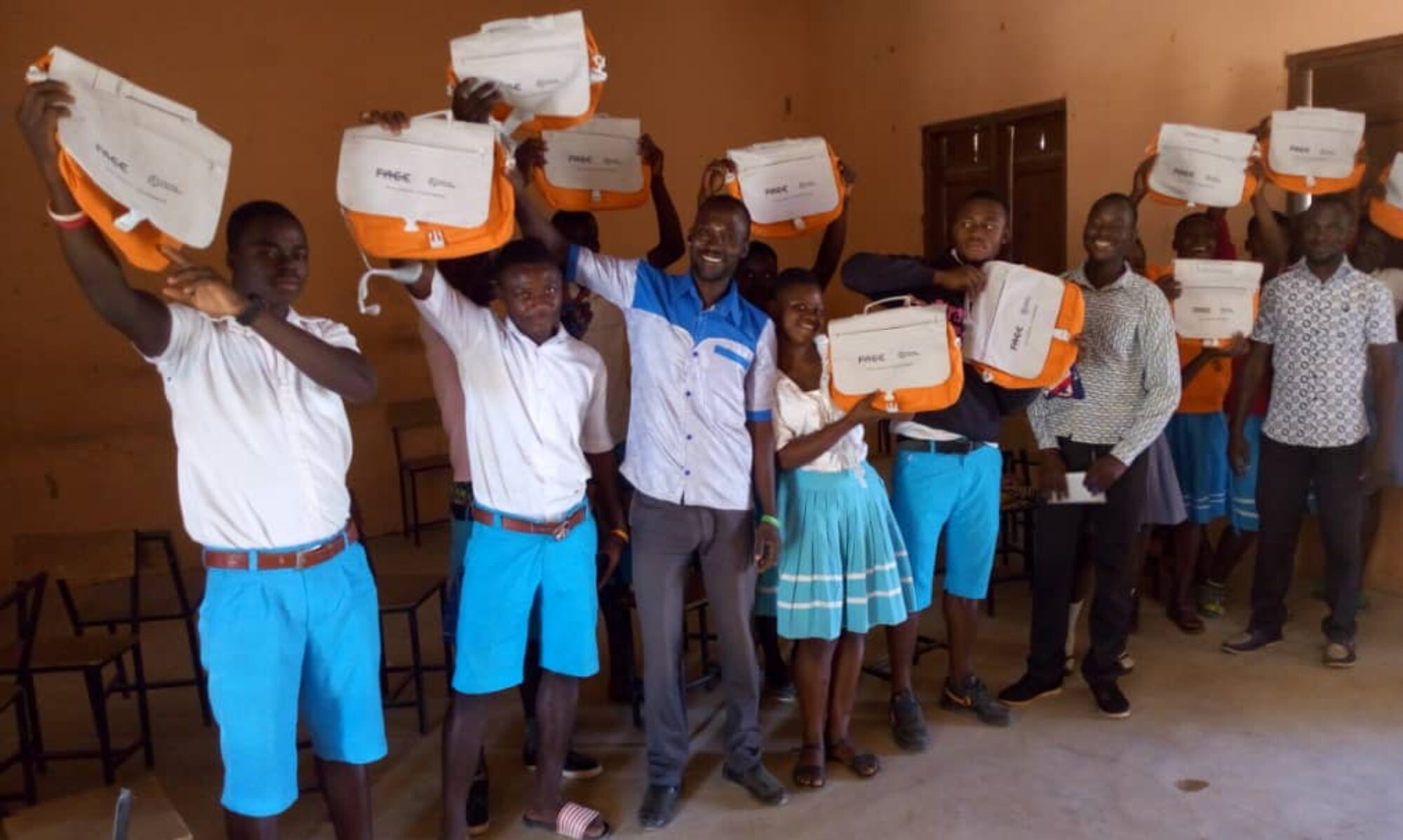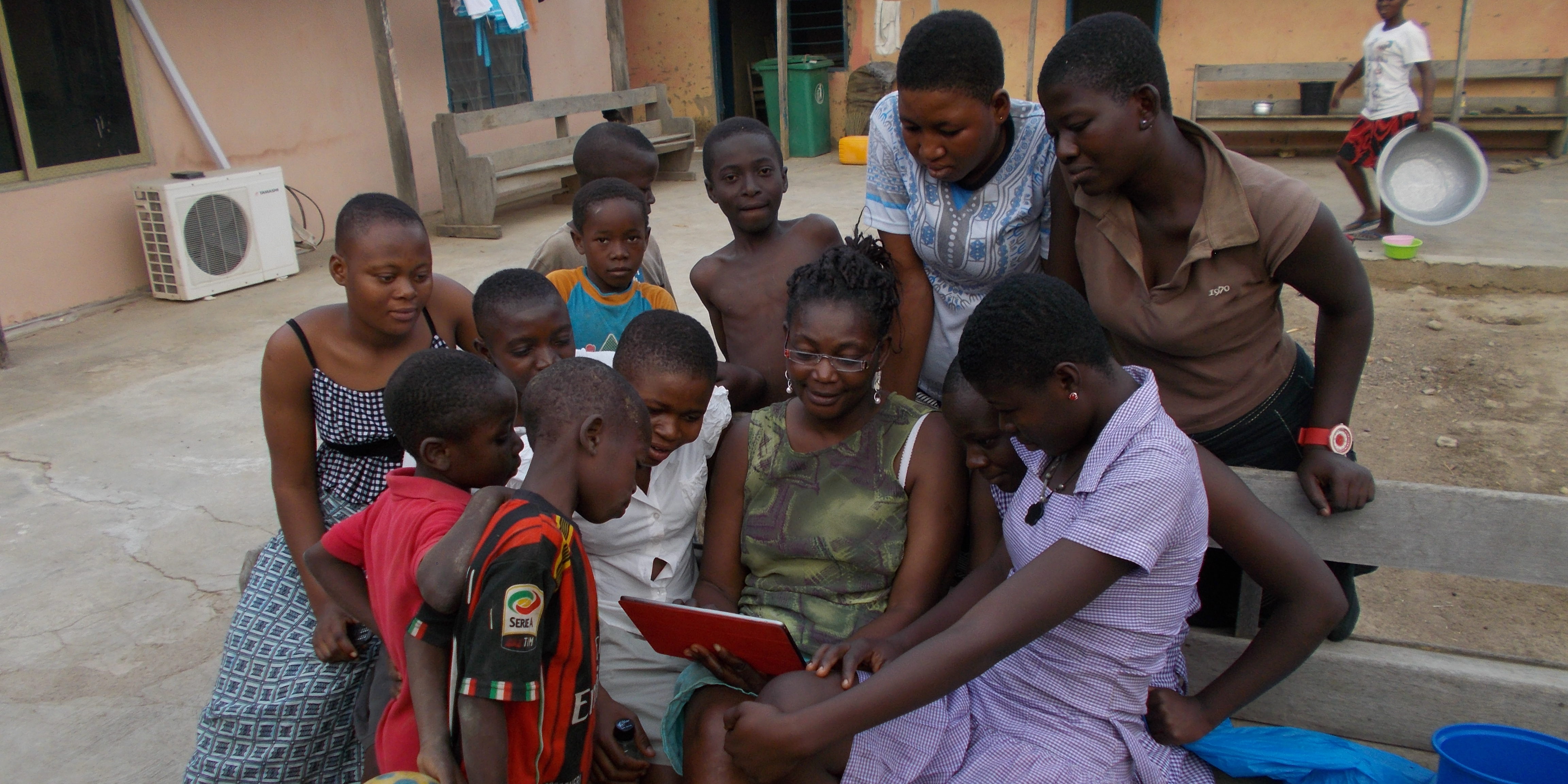Baare is a historical farming community in the Talensi District, located about three (3) kilometres north to the district capital Tongo. It shares boundary with Tongo-Beo and Gambiggo to the North and Kpatia to the East, Gbeogo to the West and Zubeongo and Tongo to the South. It has a land area of 97.7km². The district lies between latitude 10.15° and 10.60° north of the equator and longitude 0.31° and 10.50. The climate is tropical with two distinct seasons (Rainy and Dry). The rainy season is erratic, and runs from May to October each year with an annual mean of 950mm. The dry season stretches from October to April. Top temperature of 450C in March and April with a minimum of 120C in December. The most common economic trees are the Shea nuts, dawadawa, baobab and acacia.
Population size, structure and composition
According to the Ghana statistical service (GSS), the population of Talensi per the 2010 Census, is 81,194 representing (7.8%) of the Upper East region’s total population. Males constitute (49.7%) and females represent (50.3%). Eighty four percent of the population is rural. The district has a sex ratio of 101.2 and a youthful population of (41.2%) with only a small number of elderly persons (7.0%). At age 65 and above, widowed females account for as high as (61.0%) while widowed males account for only (19.9%)(www.statsghana.gov.gh).
Literacy and education
Of the population 11 years and above, (42.0%) are literate and (58.0%) are non-literate. The proportion of literate males is higher (89.7 %) than that of females (58.4%). Only (14.0%) could speak and write both English and Ghanaian languages. Of the population aged 3 years and above (74,708) in the district, (48.3%) has never attended school, (39.1%) are currently attending and (12.6%) have attended in
the past. Among the married, (77.9%) have no education while about (22.4%) of the unmarried have never been to school.
Occupation/Agriculture
As high as (90.7%) of households in the district are engaged in local agriculture (farming as the main occupation). In the rural localities, eight out of ten households (83.7%) are agricultural households while in the urban localities, 15.5 percent of households are into agriculture. Most households in the district (96.5%) are involved in crop farming. Poultry (chicken and guinea fowl) and (cattle, sheep and goats) as the dominant animal reared in the district.

